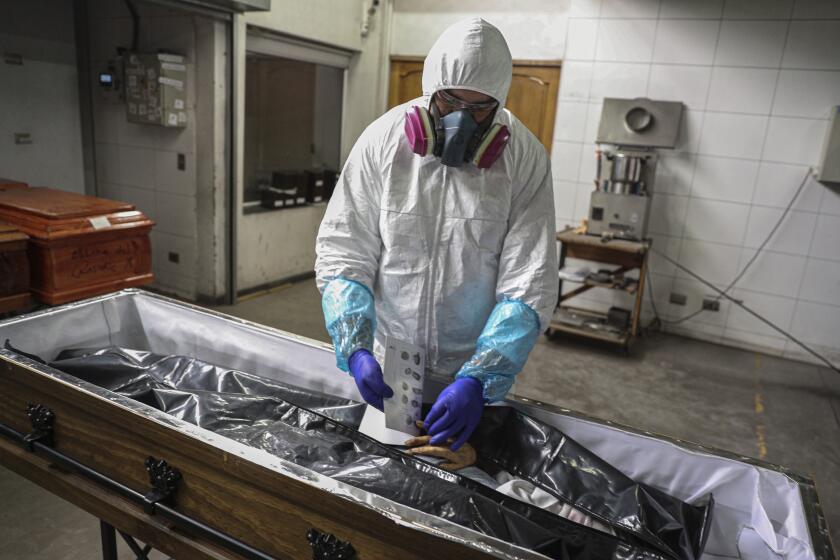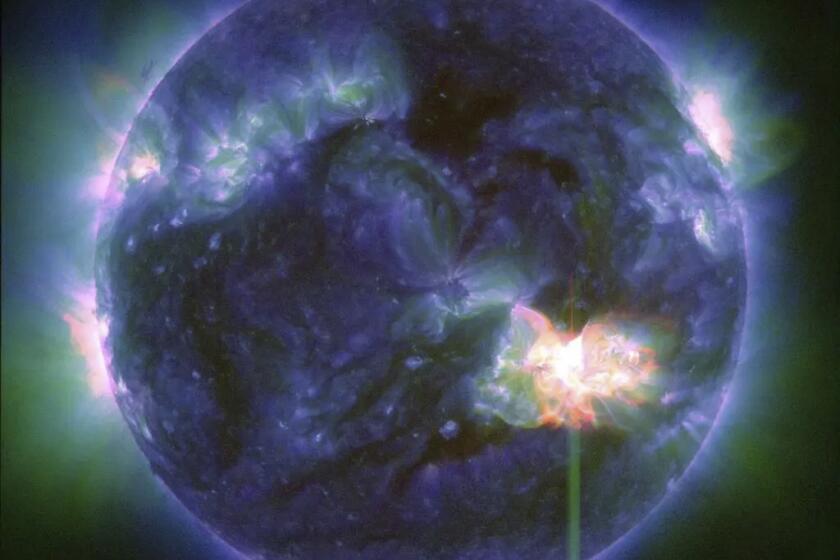Trying to unlock the secrets of addiction
You might think reaching for that cup of coffee or that cigarette is a simple decision.
But scientists think the way we act to satisfy cravings involves a little-understood automated response -- one we have no control over -- and researchers are using brain scans to unlock its secrets.
“If there’s an automated component to craving, we really want to understand how it works,” said Elliot Stein, director of the neuro-imaging lab at the National Institute on Drug Abuse.
In a basement lab at Johns Hopkins University, Stein and other researchers scan the brains of smokers, drug addicts and alcoholics with a functional magnetic resonance imaging machine to try to determine why the subjects have such a hard time kicking their habits.
The scientists are part of a growing research movement that’s using the imaging machine to unlock the brain’s secrets. The technology was developed in the early 1990s by scientists who discovered they could track increased blood flow to different brain regions in real time.
“We were trying to see changes in the brain as they were occurring, and not just look at brain structures,” said Kenneth Kwong, a physicist at Harvard University and Massachusetts General Hospital who was instrumental in developing the imaging machine as a research tool.
Work at the National Institute on Drug Abuse lab is infused by the belief that addiction is a brain disease. Stein said he was convinced that a key to helping those trying to overcome addiction lies in understanding the brain’s response to conscious and subconscious cues.
“There’s a multiplicity of factors that are behind human behaviors. Why wouldn’t there be a multiplicity of factors behind addiction and something like drug abuse?” Stein said.
Stein and colleague Britta Hahn are studying how cues trigger cravings in addicts.



